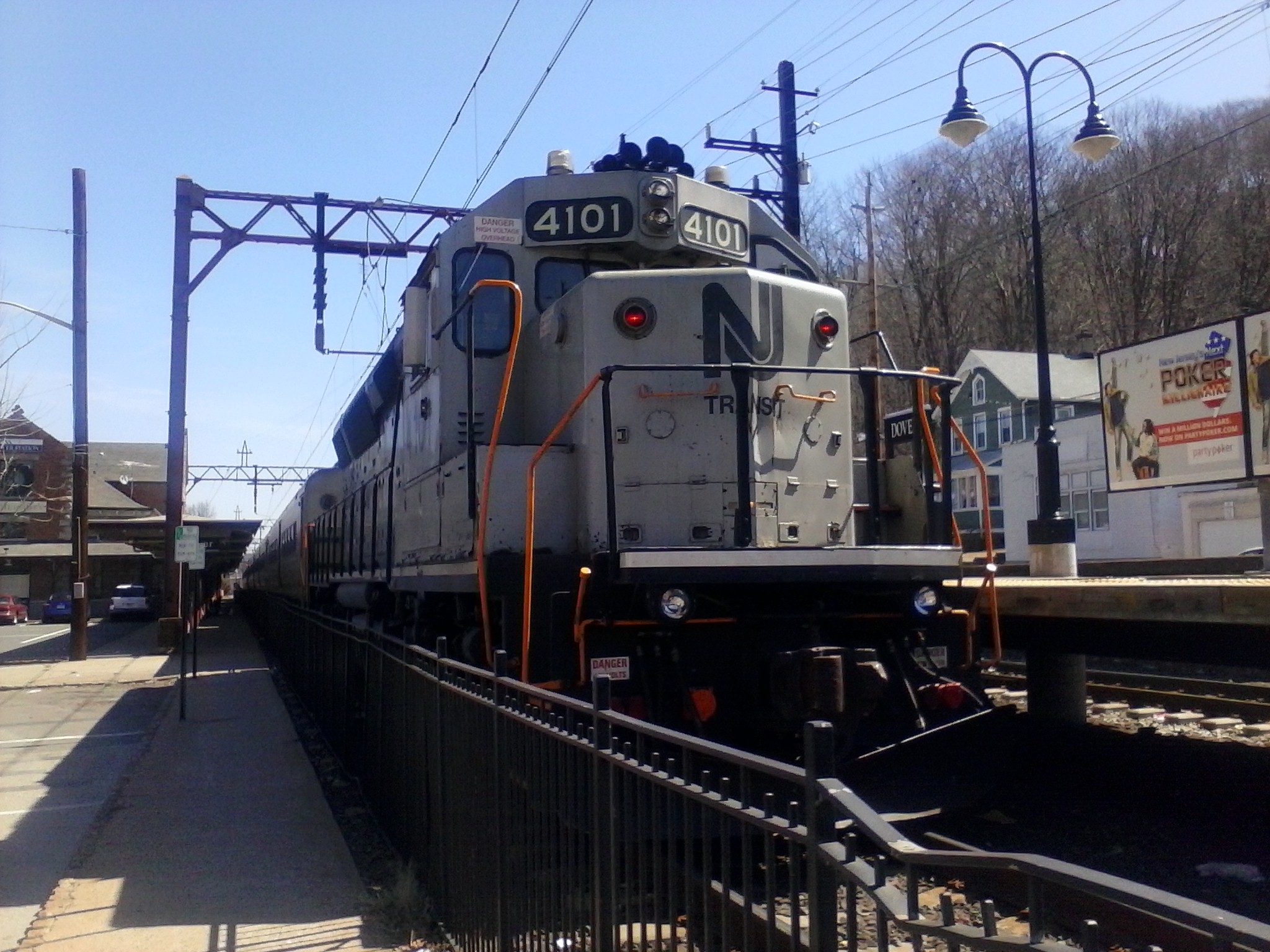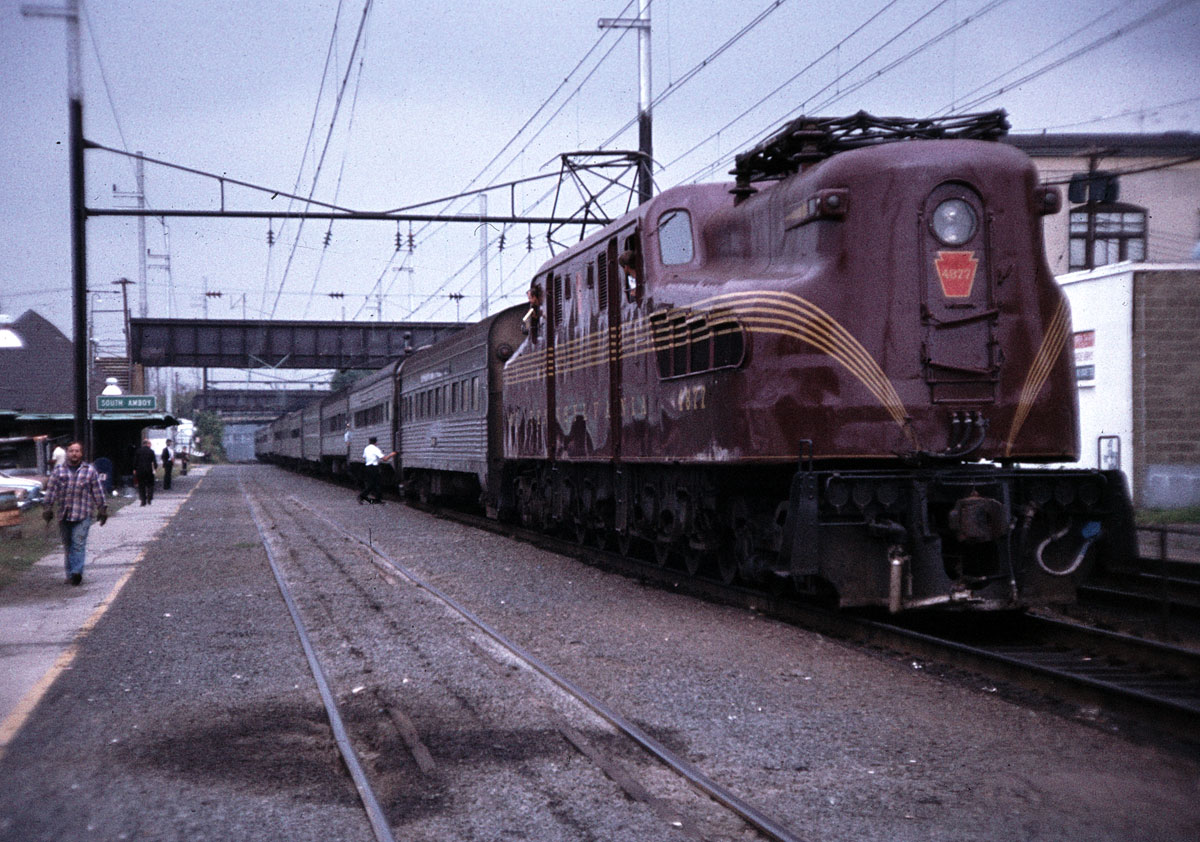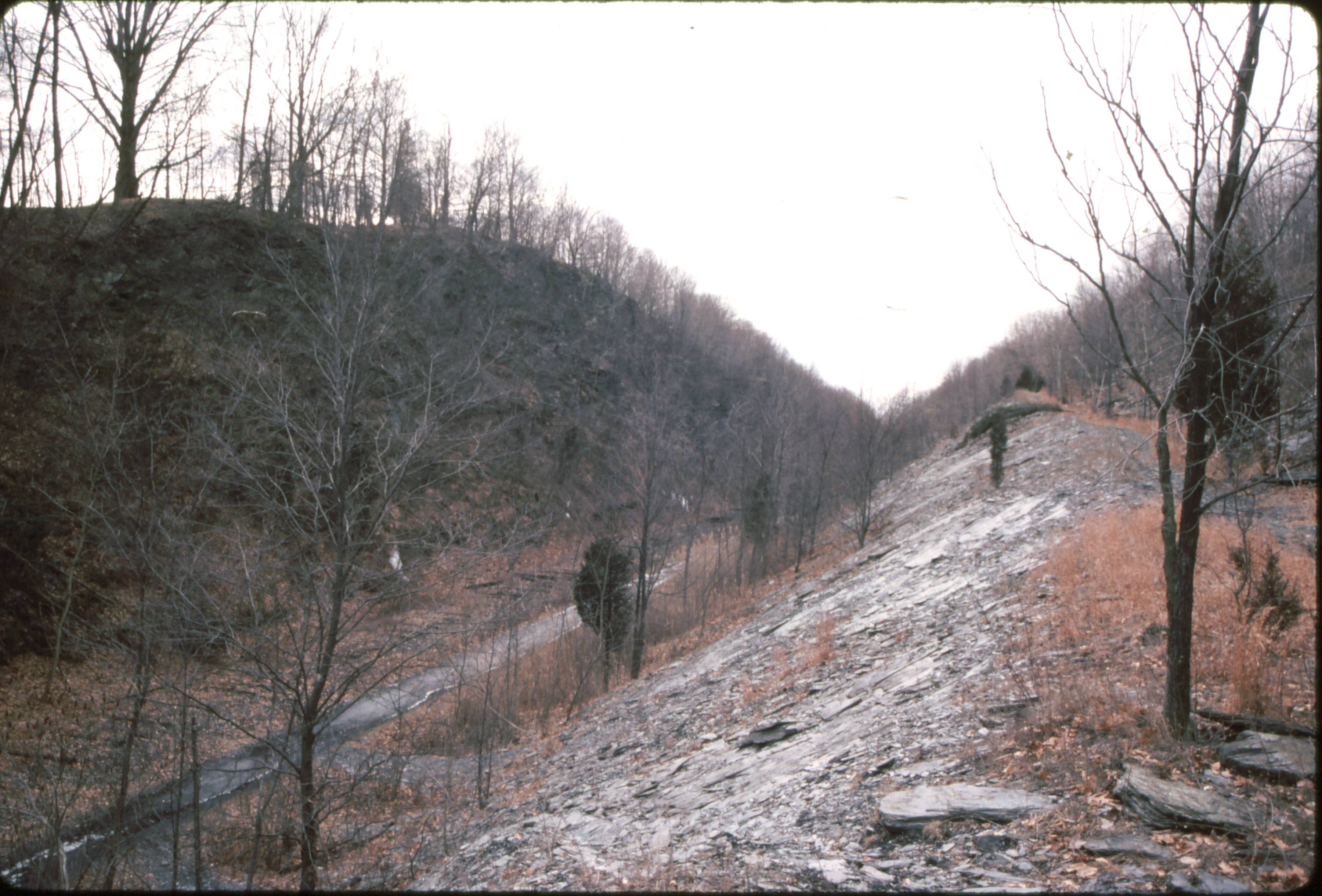|
Roseville Tunnel
Roseville Tunnel is a two-track railroad tunnel on the Lackawanna Cut-Off in Byram Township, Sussex County, New Jersey. The tunnel is on a straight section of railroad between mileposts 51.6 and 51.8 (83 km), about north by northwest of Port Morris Junction. Operated for freight and passenger service from 1911 to 1979, it is undergoing work intended to return it to passenger service by 2026. History The tunnel was built between 1908 and 1911 by the Delaware, Lackawanna & Western Railroad (DL&W) as part of the Lackawanna Cut-Off, an immense, spare-no-expense project intended to create the straightest, flattest route practicable for its main line through the mountains of northwestern New Jersey. The contractor was David W. Flickwir of Roanoke, Virginia. Originally, the DL&W had planned to have a cut, not a tunnel, at this location. At deep, it would have been the deepest on the Cut-Off. But in October 1909, anticlinal rock was encountered, described as "bastard gra ... [...More Info...] [...Related Items...] OR: [Wikipedia] [Google] [Baidu] |
Lackawanna Cut-Off Restoration Project
The Lackawanna Cut-Off Restoration Project is a New Jersey Transit and Amtrak effort to restore passenger service to the Lackawanna Cut-Off in northwest New Jersey. Begun in 2011 and underway as of 2022, the project's Phase 1 is meant to extend NJ Transit's commuter rail service from Port Morris Junction to Andover, away. Service from Andover to Hoboken Terminal and New York Penn Station is to begin in 2026. Service to the latter will require full dual-mode electro-diesel locomotives because the North River Tunnels cannot accommodate diesel engines. Future phases could rebuild the tracks on the remainder of the Cut-Off and extend service into northeastern Pennsylvania, possibly as far as Scranton. A 2020 Amtrak service expansion map, updated in May 2021, included service to Scranton, and is currently under study. Operations (1908–79) Built between 1908 and 1911 by the Delaware, Lackawanna & Western Railroad (DL&W) to speed service between Hoboken, New Jersey, and Buffalo ... [...More Info...] [...Related Items...] OR: [Wikipedia] [Google] [Baidu] |
NJ Transit Rail Operations
NJ Transit Rail Operations is the rail division of NJ Transit. It operates commuter rail service in New Jersey, with most service centered on transportation to and from New York City, Hoboken, and Newark. NJ Transit also operates rail service in Orange and Rockland counties in New York under contract to Metro-North Railroad. The commuter rail lines saw riders in , making it the second-busiest commuter railroad in North America as well as the longest by route length. This does not include NJ Transit's light rail operations. Network and infrastructure The lines operated by NJ Transit were formerly operated by the Pennsylvania Railroad, Central Railroad of New Jersey, New York and Long Branch Railroad and Erie Lackawanna Railroad, most of which date from the mid-19th century. From the 1960s onward, the New Jersey Department of Transportation began subsidizing the commuter lines. By 1976, the lines were all operated by Conrail under contract to NJDOT. The system took its c ... [...More Info...] [...Related Items...] OR: [Wikipedia] [Google] [Baidu] |
Railroad Tunnels In New Jersey
Rail transport (also known as train transport) is a means of transport that transfers passengers and goods on wheeled vehicles running on rails, which are incorporated in Track (rail transport), tracks. In contrast to road transport, where the vehicles run on a prepared flat surface, rail vehicles (rolling stock) are directionally guided by the tracks on which they run. Tracks usually consist of steel rails, installed on Railroad tie, sleepers (ties) set in track ballast, ballast, on which the rolling stock, usually fitted with metal wheels, moves. Other variations are also possible, such as "slab track", in which the rails are fastened to a concrete foundation resting on a prepared subsurface. Rolling stock in a rail transport system generally encounters lower friction, frictional resistance than rubber-tyred road vehicles, so passenger and freight cars (carriages and wagons) can be coupled into longer trains. The rail transport operations, operation is carried out by a ... [...More Info...] [...Related Items...] OR: [Wikipedia] [Google] [Baidu] |
Andover, New Jersey
Andover is a borough in Sussex County, New Jersey, United States. As of the 2020 United States Census, the borough's population was 595, down slightly from 606 in the 2010 census,DP-1 - Profile of General Population and Housing Characteristics: 2010 for Andover borough, Sussex County, New Jersey . Accessed February 18, 2013. [...More Info...] [...Related Items...] OR: [Wikipedia] [Google] [Baidu] |
New Jersey Transit
New Jersey Transit Corporation, branded as NJ Transit, and often shortened to NJT, is a state-owned public transportation system that serves the U.S. state of New Jersey, along with portions of New York State and Pennsylvania. It operates bus, light rail, and commuter rail services throughout the state, connecting to major commercial and employment centers both within the state and in the adjacent major cities of New York and Philadelphia. In , the system had a ridership of . Covering a service area of , NJT is the largest statewide public transit system and the third-largest provider of bus, rail, and light rail transit by ridership in the United States. NJT also acts as a purchasing agency for many private operators in the state; in particular, buses to serve routes not served by the transit agency. History NJT was founded on July 17, 1979, an offspring of the New Jersey Department of Transportation (NJDOT), mandated by the state government to address many then-pressi ... [...More Info...] [...Related Items...] OR: [Wikipedia] [Google] [Baidu] |
Railway Signal
A railway signal is a visual display device that conveys instructions or provides warning of instructions regarding the driver’s authority to proceed. The driver interprets the signal's indication and acts accordingly. Typically, a signal might inform the driver of the speed at which the train may safely proceed or it may instruct the driver to stop. Application and positioning of signals Originally, signals displayed simple stop or proceed indications. As traffic density increased, this proved to be too limiting and refinements were added. One such refinement was the addition of distant signals on the approach to stop signals. The distant signal gave the driver warning that they were approaching a signal which might require a stop. This allowed for an overall increase in speed, since train drivers no longer had to drive at a speed within sighting distance of the stop signal. Under timetable and train order operation, the signals did not directly convey orders to the ... [...More Info...] [...Related Items...] OR: [Wikipedia] [Google] [Baidu] |
Frelinghuysen Township, New Jersey
Frelinghuysen Township () is a township in Warren County, New Jersey, United States. As of the 2020 United States census, the township's population was 2,199, a drop of 31 people since the 2010 census.Frelinghuysen township, Warren County, New Jersey profile . Accessed October 2, 2022. As of the 2010 census, the township's population was 2,230, [...More Info...] [...Related Items...] OR: [Wikipedia] [Google] [Baidu] |
Armstrong Cut
Armstrong Cut is one of the largest cuts on the Lackawanna Cut-Off railroad line in northwest New Jersey. Located between approximately mileposts 61.4 and 62.3 in Frelinghuysen Township, the cut was constructed between 1908 and 1911 by contractor Hyde, McFarlan & Burke. The cut, which was created by removing fill material obtained by blasting with dynamite or other methods, is long, has an average depth of , and a maximum depth of . The fill was created as a result of the removal of 852,000 cubic yards of fill material from this section of the right-of-way. Armstrong Cut is located on a tangent (straight) section of track, permitting . Part of the north side of Armstrong Cut collapsed in 1941, completely blocking the Cut-Off, and causing all traffic to be diverted to the Lackawanna Old Road The Lackawanna Old Road was part of the original mainline of the Delaware, Lackawanna & Western Railroad (DL&W). Opened in 1856, it was for a half-century a part of the line connecting th ... [...More Info...] [...Related Items...] OR: [Wikipedia] [Google] [Baidu] |
Rockslide
A rockslide is a type of landslide caused by rock failure in which part of the bedding plane of failure passes through compacted rock and material collapses ''en masse'' and not in individual blocks. Note that a rockslide is similar to an avalanche because they are both slides of debris that can bury a piece of land. While a landslide occurs when loose dirt or sediment falls down a slope, a rockslide occurs only when solid rocks are transported down slope. The rocks tumble downhill, loosening other rocks on their way and smashing everything in their path. Fast-flowing rock slides or debris slides behave similarly to snow avalanches, and are often referred to as rock avalanches or debris avalanches. Definition The term landslide refers to a variety of mass wasting events (geologic slope failures) that include slumps, slides, falls, and flows. The two major types of slides are rotational slides and translational slides. Rockslides are a type of translational event since the rock ... [...More Info...] [...Related Items...] OR: [Wikipedia] [Google] [Baidu] |
Rockslide Detector On Lackawanna Cut-Off - 1988
A rockslide is a type of landslide caused by rock failure in which part of the bedding plane of failure passes through compacted rock and material collapses ''en masse'' and not in individual blocks. Note that a rockslide is similar to an avalanche because they are both slides of debris that can bury a piece of land. While a landslide occurs when loose dirt or sediment falls down a slope, a rockslide occurs only when solid rocks are transported down slope. The rocks tumble downhill, loosening other rocks on their way and smashing everything in their path. Fast-flowing rock slides or debris slides behave similarly to snow avalanches, and are often referred to as rock avalanches or debris avalanches. Definition The term landslide refers to a variety of mass wasting events (geologic slope failures) that include slumps, slides, falls, and flows. The two major types of slides are rotational slides and translational slides. Rockslides are a type of translational event since the ro ... [...More Info...] [...Related Items...] OR: [Wikipedia] [Google] [Baidu] |


.png)



